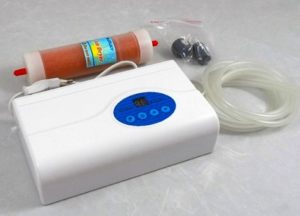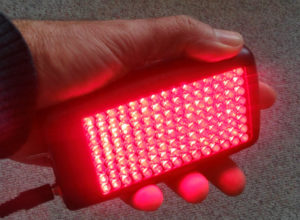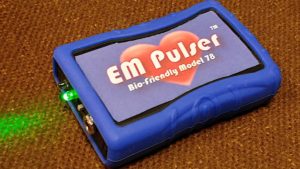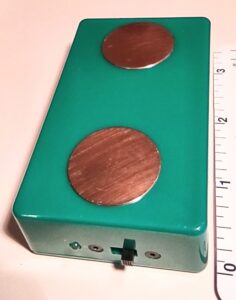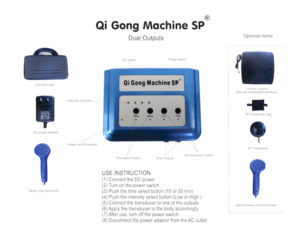“No matter what you eat, how much you exercise, how skinny or young or wise you are, none of it matters if you’re not breathing properly. ” From Breath: The New Science of a Lost Art by James Nestor (highly recommended!)
What can you do to remain healthy or regain your health?
>Shorten your eating window with intermittent fasting.
Reduce sugar intake and processed food.
>Vitamins D3 +K2, C, A, Magnesium
>Nasal breathing*
>Exercise
In a very real sense, not just a metaphor, we are our breath. Without it, we cease to exist. It affects us more than any other modality by its impact on our feelings, thinking, performance, and immune system, just to mention a few. But not all types of breathing have the same benefits.
*Nasal breathing works better than mouth breathing for several purposes:
- Purifying incoming air: By filtering the incoming air and increasing our production of Nitric Oxide (NO)*. As a matter of fact, research shows that humming at 130 Hz while exhaling through the nose increases NO production by a factor of 15.
- Optimizing oxygenation of cells, arteries, veins, and nerves.
- Shifting from the fight or flight sympathetic nervous system to the flow state of the parasympathetic nervous system.
- Increasing lung volume
Combining nasal breathing with slowing the inhale and making the exhale longer, expanding the ribcage, keeping the mouth closed with the tongue on the roof of the mouth, and visualizing the breath traveling to a particular area of the body, eg the legs while walking, and other techniques, eg humming, can yield tangible results very quickly, but it requires intent and attention at first until it becomes automatic.
To improve sleep, make sure that you breathe nasally. If you wake up with a dry mouth, try taping it shut if needed. If you have kids, make sure that they sleep with their mouths shut. Teaching them to breathe nasally will help avoid orthodonture, among many other benefits. For more on such structural issues, see the Mews videos.
*Nitric oxide (NO) breathing is a technique that involves inhaling small amounts of nitric oxide gas through the nose or humming while exhaling through the nose. The gas is usually administered using a device that generates the gas from nitrogen and oxygen in the air. Nitric oxide is a naturally occurring gas in the body that helps to relax and dilate blood vessels, which can improve blood flow and oxygenation to the body’s tissues.
NO breathing has been shown to have several potential benefits for performance and health, including:
- Increased endurance: NO breathing can help to improve blood flow and oxygenation to the muscles, which can help to increase endurance during exercise.
- Improved recovery: NO breathing can help to reduce muscle damage and inflammation, which can lead to faster recovery after exercise.
- Reduced blood pressure: NO breathing can help to lower blood pressure by relaxing and dilating blood vessels.
- Improved lung function: NO breathing can help to improve lung function by relaxing the airways and increasing the amount of oxygen that the lungs can take in.
It’s important to note that more research is needed to fully understand the effects of NO breathing, and it should be used under the supervision of a medical professional.
The Air Physio device creates back pressure on the lungs when you blow into it. Serious hikers purse their lips when they exhale to produce a similar effect, and nasal breathing does the same thing to an extent.
There are several breathing techniques that can be used to improve performance in various activities. Here are a few examples:
- Box breathing: This technique involves inhaling for a count of four, holding the breath for a count of four, exhaling for a count of four, and then holding the breath again for a count of four. This technique can be used to reduce stress and improve focus.
- Diaphragmatic breathing: This technique involves breathing deeply into the diaphragm rather than shallowly into the chest. Diaphragmatic breathing can help to increase oxygenation to the body and improve overall relaxation.
- The “relaxing breath” or 4-7-8 breathing: This technique involves inhaling for a count of four, holding the breath for a count of seven, and exhaling for a count of eight. This can help to slow down the heart rate, reduce anxiety, and improve sleep.
- The “stimulating breath” or “bellows breath”: This technique involves taking quick, forceful inhales and exhales through the nose. This technique can help to increase energy and focus.
It’s important to note that all techniques may not work for every individual and it’s always recommended to consult a professional if you have any concerns.
From our page on Structured Breathing Techniques:
NOTE: Do not take the following as medical advice. When in doubt, consult a government-approved provider and/or do your own research, think critically, and experiment mindfully. Remember that it’s called private practice for a reason… they practice in private.
Never force your breath. Make it long, deep, and enjoyable on both inhalation and exhalation. When in doubt, easy does it. Tingling often occurs especially as a person goes over 18 breaths.
General Performance States
Studying (such as a new language) – Alpha breathing technique 9-81 breaths.
Public speaking Theta and then Delta breathing using only left nostril for both 9-81 breaths.
Meditation? Theta and Delta depending on the type of meditation 9-81 breaths.
Writing Alpha and Theta breathing (left nostril) 9-81 breaths.
Sports Theta breathing through left nostril 9-81 breaths.
Performing arts Alpha breathing, 9-81 breaths.
Lovemaking Delta breathing left nostril 9-81 breaths.
(There will no doubt be many people Delta breathing through their left nostril!) :))
Health Concerns
Negative Emotional States? Alpha then Theta breathing with left nostril only, 9-81 breaths. Simply ask yourself, “What is bothering me now?” Then breathe through the levels.
Sleep? Theta and Delta Right Nostril 9-81 breaths.
Headaches? Theta Left Nostril, Delta Left Nostril 9-81 breaths.
Cancer? Alpha breathing 9-81 breaths.
Stroke? Alpha breathing 9-81 breaths.
Heart Attack / Prevention? Theta breathing through left nostril, 9-81 breaths.
Diabetes? Alpha breathing, 9-81 breaths.
Asthma? Delta breathing left nostril 9-81 breaths, followed by Alpha breathing 9-81 breaths.
Allergies? Alpha breathing 9-81 breaths.
Brain injuries? Alpha breathing 9-81 breaths followed by Delta breathing through left nostril 9-81 breaths.
EMF & Interference / Sensitivities? Theta Breathing, Left Nostril 9-81 breaths.
Heavy Metal Toxicities? Theta Breathing, Left Nostril 9-81 breaths.
Observations noted from Structured Breathing™
* A more regulated autonomic nervous system * Reduction in anxiety and toxicity states
* Easier, more balanced emotional states * Instantaneous pain reduction
* The ability to let go of the past * Greater physical endurance and recovery
* Reduced glitches in neurology * Greater Mental Concentration, Clearer Thinking
* Smoother, more uniform, body function * Going into the Zone more easily
* Increased oxygen intake * Greater Lung Capacity
* Reduced pathogenic loads * Balanced Breathing of Inhalation and Exhalation

